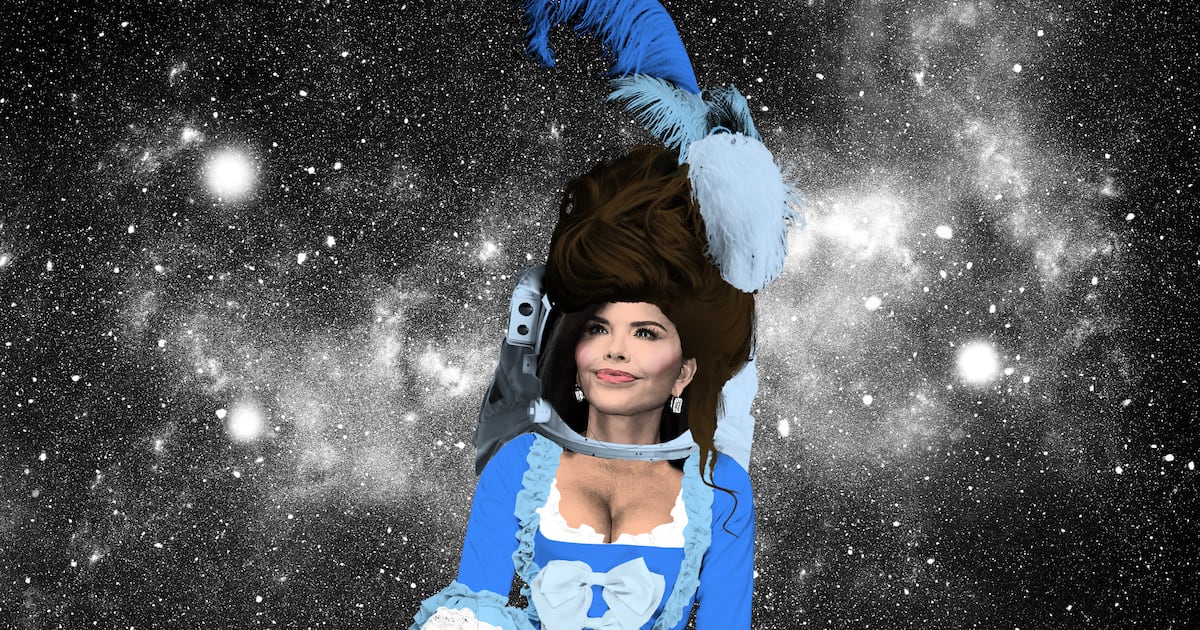
For the last "Met Monday" at the Daily Pic, here's an all-time favorite of mine, the "Marriage of Cupid and Psyche", painted in about 1550 by the Venetian artist Andrea Schiavone. (Meaning "Andrew the Slav", because he came from one of the Venetian possessions on the Dalmatian coast. The Met also has great holdings of his works on paper.)
These Monday pics have been about celebrating the rehang of the Metropolitan Museum's Old Master holdings, and few pictures have profited from it as much as this one: I loved it even when it was hung high over a door in a tucked-away corner, as it was for many years, but now curators have brought it down to eye level, where it can really sing. It's not just about the wild serpentine forms that Schiavone borrowed from Mannerist painters based further south. Now we can see the wonderful looseness of his brushwork as well. (Click here to zoom in, then take a look at the bottom hem of the topless Psyche's dress.) I'm convinced that Schiavone is an important missing link between Titian and Tintoretto, and that he deserves to get his reputation back as a serious rival to both. (Also, since my son got married on Saturday, I couldn't very well resist this picture today.)
Two problems with my theory: First, I once went on a pilgrimage to every Schiavone in Venice, and most of them were infinitely weaker than his "Cupid and Psyche". (Although I have a feeling that many of those pictures were falsely attributed to him, at a time when he was the grab-bag name that got attached to every lousy mannerist painting in Venice. Could it be that the number of bad pseudo-Schiavones actually gives a sense of how influential he was on lesser artists?) Second problem: This painting was originally meant for a ceiling, so you have to wonder how much of its bravura could ever have been seen. But that's a problem with almost all Renaissance pictures, given the terrible lighting they would once have been viewed in. I think that pictures were meant to be excellent in their execution, and maybe in a patron's first glimpse of them, and then further visibility was much less important. In that, Renaissance pictures may have preserved some of the qualities of Medieval relics, whose simple existence mattered almost as much as any contact they had with worshipers.
For a full visual survey of past Daily Pics visit blakegopnik.com/archive.




